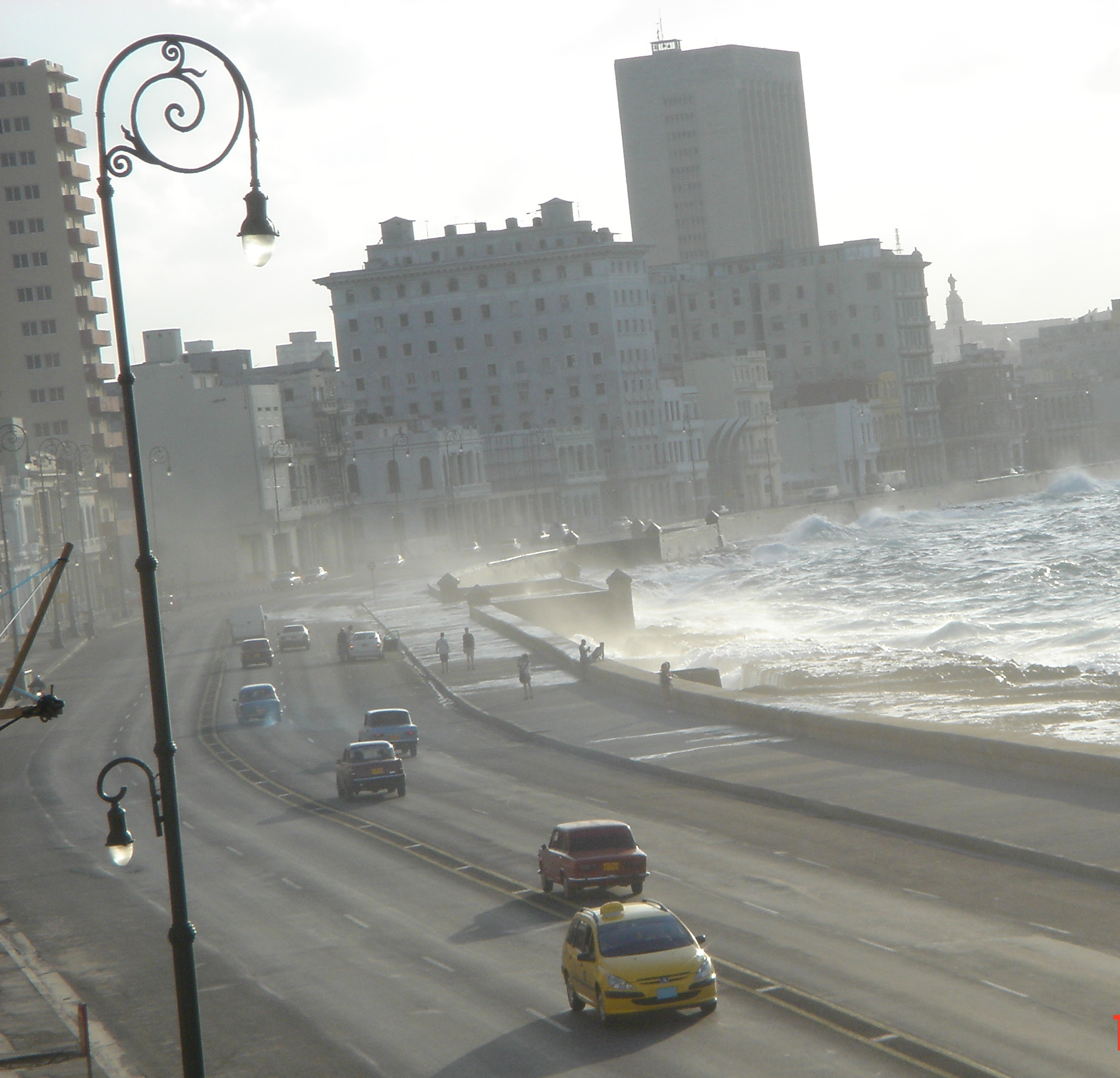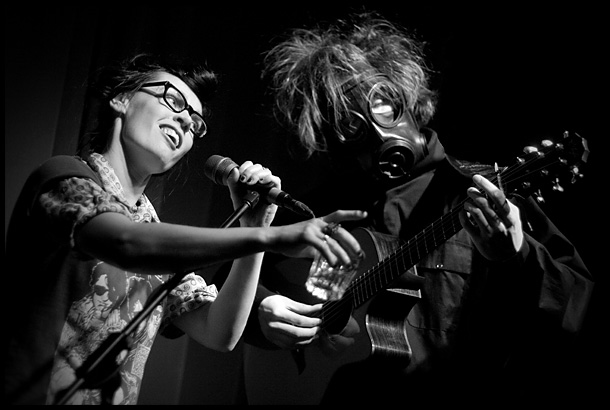 World
World Latvian blonde parade to become annual event
RIA Novosti Oksana Dzhadan - 11:3301/06/2009
Some 1,000 people participated in the first blonde parade held on Sunday under the motto: Make the world a brighter place.
.
.
.
.
 World
World 


Roland Garros (F): Sharapova "ne pense qu'à la victoire"
09:47 - 01/ 06/ 2009
PARIS, 1er juin - RIA Novosti. La joueuse russe Maria Sharapova, qui s'est qualifiée dimanche pour les quarts de finale de Roland Garros après une absence de presque dix mois due à une blessure à l'épaule droite, a reconnu ne plus penser qu'à la victoire quand elle se trouve sur le court.
.
"Tu n'as qu'un objectif: terminer le match sur un victoire. En entrant sur le court, tu oublies ta forme physique, les matchs perdus, tu ne veux qu'une chose: gagner", a indiqué l'ex-numéro un mondiale après sa victoire en huitièmes de finale contre la chinoise Na Li, tête de série N°25, sur le score de 6-4, 0-6, 6-4.
.
La demi-finaliste de Roland Garros 2007 avait auparavant rencontré la Chinoise à quatre reprises, qui se sont toutes soldées par des victoires en faveur de la Russe. "Elle a sérieusement amélioré le service, et aujourd'hui il a fallu blinder la réception", a-t-elle déclaré, commentant une rencontre de plus de deux heures dont le deuxième set a mis les nerfs de "Masha" à rude épreuve.
.
La Russe rejoint en quarts de finale sa compatriote Dinara Safina, numéro un mondiale. Elle affrontera la Slovaque Dominika Cibulkova, une adversaire dangereuse, souligne Sharapova, surtout sur terre battue.
.
"La dernière fois que nous nous sommes rencontrées c'était à Rome. C'était un duel obstiné. On verra qui gagnera cette fois-ci", a indiqué Sharapova.
-
LEER ESTA NOTICIA EN SU SITIO DE ORIGEN http://fr.rian.ru/sports/20090601/121809229.html
Roland Garros (F): Sharapova "ne pense qu'à la victoire"
09:47 - 01/ 06/ 2009
PARIS, 1er juin - RIA Novosti. La joueuse russe Maria Sharapova, qui s'est qualifiée dimanche pour les quarts de finale de Roland Garros après une absence de presque dix mois due à une blessure à l'épaule droite, a reconnu ne plus penser qu'à la victoire quand elle se trouve sur le court.
.
"Tu n'as qu'un objectif: terminer le match sur un victoire. En entrant sur le court, tu oublies ta forme physique, les matchs perdus, tu ne veux qu'une chose: gagner", a indiqué l'ex-numéro un mondiale après sa victoire en huitièmes de finale contre la chinoise Na Li, tête de série N°25, sur le score de 6-4, 0-6, 6-4.
.
La demi-finaliste de Roland Garros 2007 avait auparavant rencontré la Chinoise à quatre reprises, qui se sont toutes soldées par des victoires en faveur de la Russe. "Elle a sérieusement amélioré le service, et aujourd'hui il a fallu blinder la réception", a-t-elle déclaré, commentant une rencontre de plus de deux heures dont le deuxième set a mis les nerfs de "Masha" à rude épreuve.
.
La Russe rejoint en quarts de finale sa compatriote Dinara Safina, numéro un mondiale. Elle affrontera la Slovaque Dominika Cibulkova, une adversaire dangereuse, souligne Sharapova, surtout sur terre battue.
.
"La dernière fois que nous nous sommes rencontrées c'était à Rome. C'était un duel obstiné. On verra qui gagnera cette fois-ci", a indiqué Sharapova.
-
LEER ESTA NOTICIA EN SU SITIO DE ORIGEN http://fr.rian.ru/sports/20090601/121809229.html
 Avion d'Air France: entre 40 et 60 Français parmi les 216 passagers
Avion d'Air France: entre 40 et 60 Français parmi les 216 passagers Avion d'Air France: entre 40 et 60 Français parmi les 216 passagers
Avion d'Air France: entre 40 et 60 Français parmi les 216 passagers MOSCOW, May 21 (RIA Novosti) - NASA has given astronauts on board the International Space Station (ISS) permission to drink water that the station's new recycling system has purified from urine.
MOSCOW, May 21 (RIA Novosti) - NASA has given astronauts on board the International Space Station (ISS) permission to drink water that the station's new recycling system has purified from urine. MOSCOW, May 21 (RIA Novosti) - NASA has given astronauts on board the International Space Station (ISS) permission to drink water that the station's new recycling system has purified from urine.
MOSCOW, May 21 (RIA Novosti) - NASA has given astronauts on board the International Space Station (ISS) permission to drink water that the station's new recycling system has purified from urine.